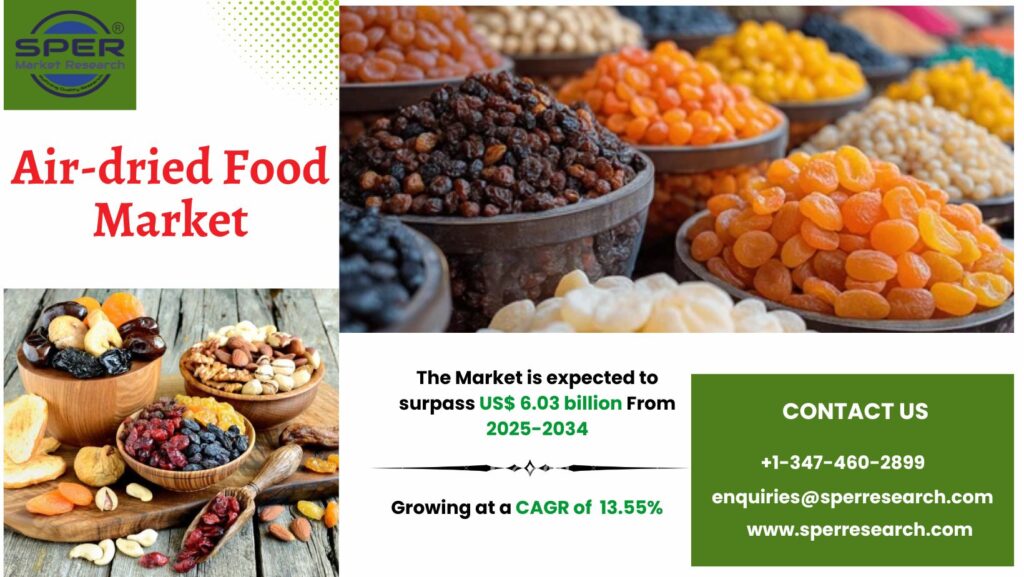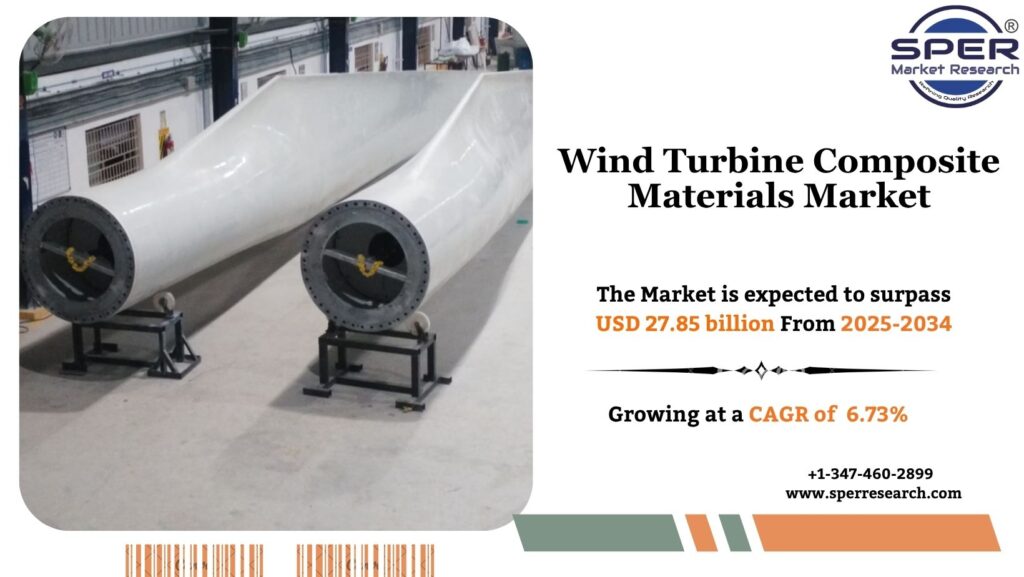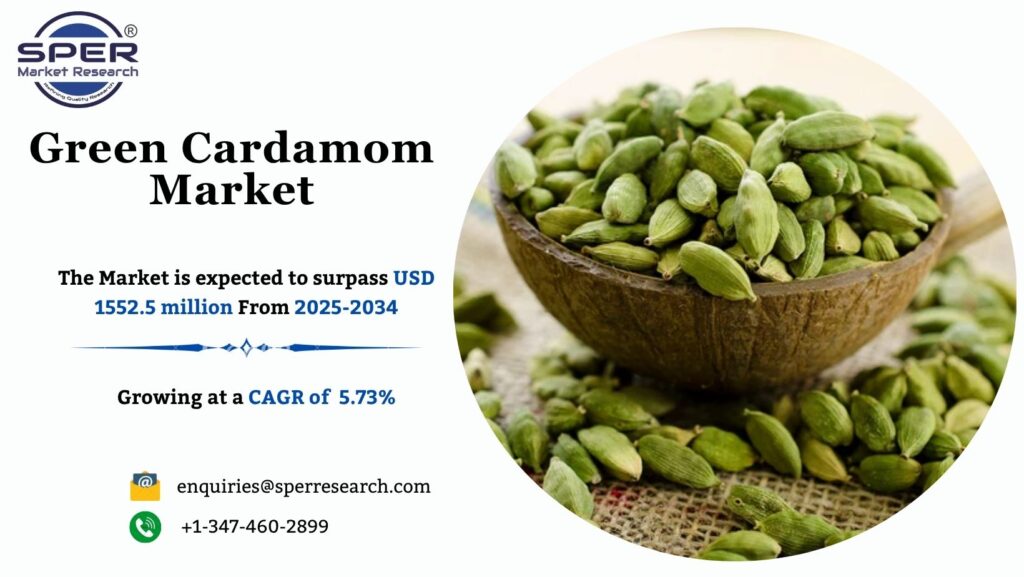The main ingredient of polyester, a synthetic fabric, is polyethylene terephthalate (PET), which is produced by polymerizing terephthalic acid and ethylene glycol. Its strength, affordability, and versatility make it one of the most widely used fibers in the world. Polyester is a popular material for clothing, furniture, and industrial applications because it is lightweight, quick to dry, and resistant to stretching, shrinking, and wrinkling. It can be combined with natural fibers or used on its own to provide comfort without sacrificing durability. Because of its durability and ease of maintenance, it is a necessary component of contemporary textiles. The trend of recycled polyester made from used plastic bottles has accelerated recently, encouraging environmentally responsible behaviors and cutting down on waste.
According to SPER Market Research, ‘Global Polyester Fiber Market Size- By Type, By Source, By Grade, By Form, By Denier, By Application- Regional Outlook, Competitive Strategies and Segment Forecast to 2034’ state that the Global Polyester Fiber Market is predicted to reach 264.72 billion by 2034 with a CAGR of 7.58%.
DRIVERS:
The Global Market Polyester Fiber Market is mostly driven by sportswear and activewear because of its resilience and capacity to drain away moisture, which makes it perfect for sporting applications. By effectively controlling perspiration, it guarantees comfort in sportswear, increasing demand as fitness and sports gain popularity worldwide. The market is developing as a result of manufacturers expanding their polyester-based athletic goods in response to this growing trend. Furthermore, polyester is essential to geotextiles used in infrastructure and building. Because of its strength and longevity, it can be used for drainage, erosion control, and soil stabilization. Global infrastructure development and urbanization are driving up demand for polyester geotextiles. Polyester’s position is further strengthened by these affordable, long-lasting solutions, which encourage its use in construction and civil engineering applications worldwide.
Polyester Fiber Market Sample in PDF Format, Click Here
RESTRAINTS:
The Polyester Fiber Market is severely constrained by environmental concerns because of its non-biodegradable nature, which greatly adds to the microplastic waste seen in landfills and oceans. greater consumer opposition to synthetic fibers and increased regulatory scrutiny are the results of greater understanding of ecological harm. Because polyester is generated from petroleum, the business also faces variable crude oil prices, which affect production costs and profit margins. Consumer preferences are moving toward sustainable and natural options, which exacerbates these issues even more. Materials that give performance and durability without negatively affecting the environment, such as hemp, organic cotton, and other eco-friendly fibers, are becoming more and more popular. The growing potential of polyester in international markets is nevertheless constrained by these changes in demand patterns.
The North America is leading in the Global Polyester Fiber Market due to strong demand from the textile, automotive, and home furnishing industries. Additionally, advanced manufacturing capabilities and focus on sustainable, recycled polyester drive its market dominance. Some of the key market players are Alpek S.A.B. de C.V, Diyou Fiber (M) Sdn Bhd, Green Group S.A, Indorama Ventures Public Company Limited, Kayavlon, and others.
For More Information, refer to below link: –
Related Reports:
Modified Bitumen Market Growth
Follow Us –
LinkedIn | Instagram | Facebook | Twitter
Contact Us:
Sara Lopes, Business Consultant — USA
SPER Market Research
enquiries@sperresearch.com
+1–347–460–2899









